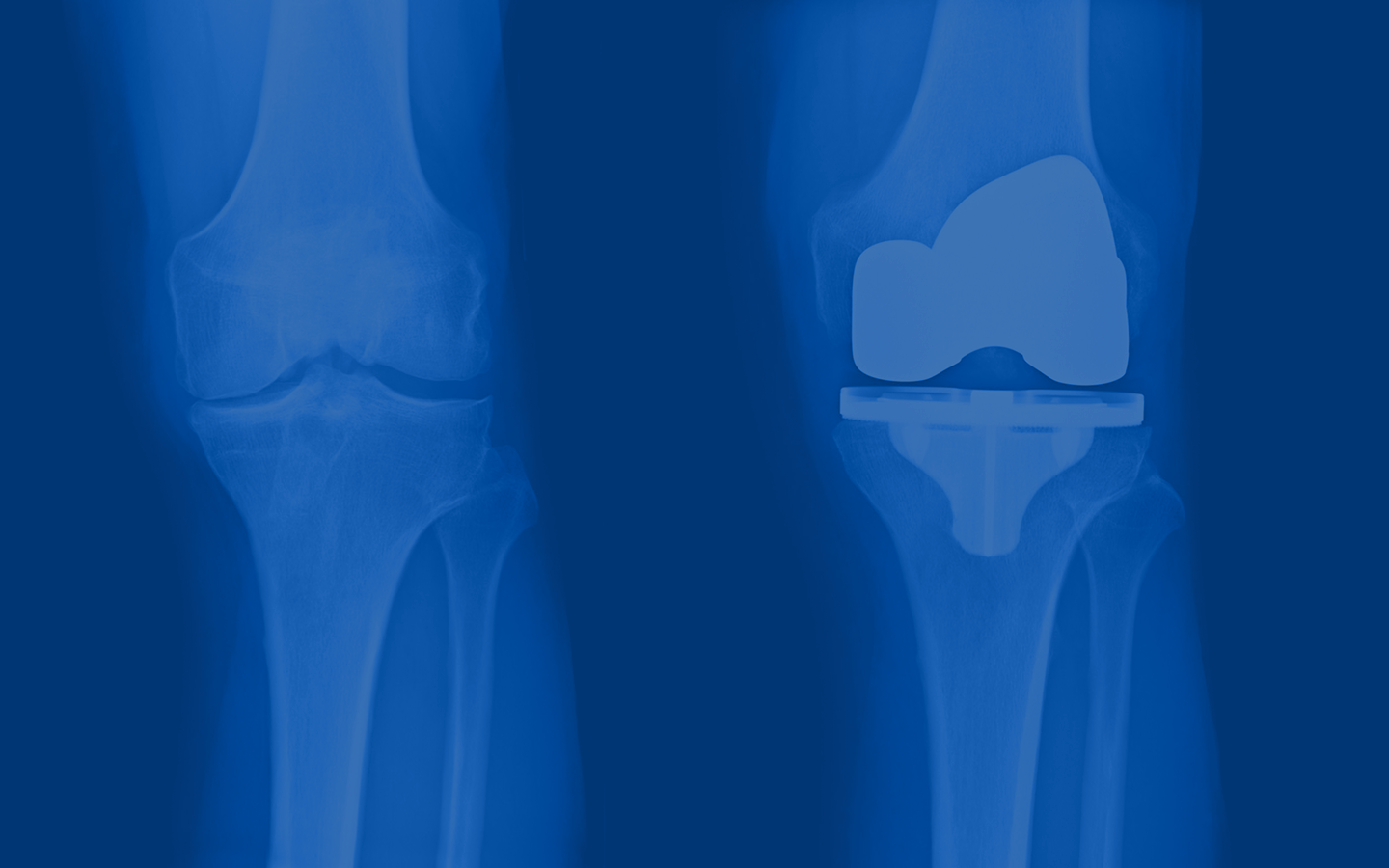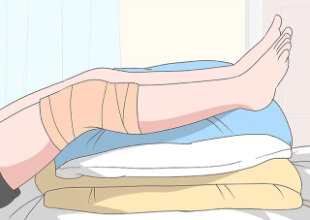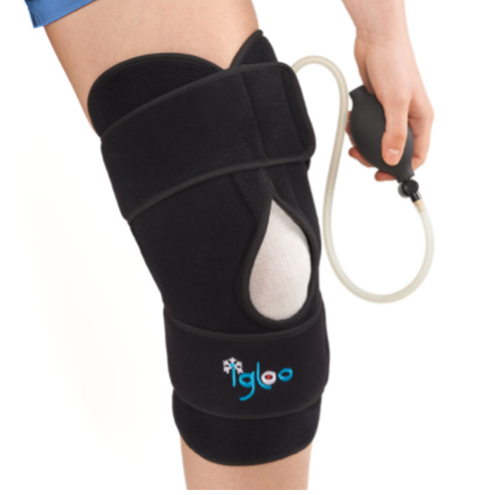
Postoperative advice
Treatment of pain following the implantation of a knee replacement
1
Analgesic drugs
Refer to the prescription given by your doctor
3
Raising your knee
Raise your knee 30cm higher than the level of your heart: 2 hours a day.


Normal symptoms after knee replacement: bruising, occasional blistering, redness and warmth in the knee. It is normal for the knee to remain swollen, slightly red, warm, and tender for 3 to 4 months.

Before and after your procedure
Choice of Anesthesia and Postoperative Pain Control

Technology
Computer-Assisted Total Joint Replacement


